Productive Process of Sardine without skin and without thorns.
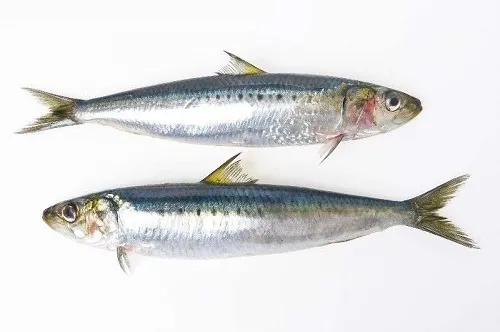
The Sardine is caught by artisanal fishermen. These have equipment, such as: 14-meter boat, engines and nets that could hold up to 30 tons of fish.

The processing companies of this type have ships with a capacity of up to 50 tons, depending on their volume of production. The herring is deposited in tanks located inside the ship. to store thirty tons of sardines, you need: eight tons of ice and 150 kg of coarse-grained industrial salt. The sardine trapped in the trains is deposited in the sardine boat by means of a hydraulic crane owned by these vessels. The personnel working on these ships are numbered in the following ways: a machinist, a sailor in charge of the cold of the tanks, a support marine and the captain of the ship.

source
The companies that work with the Sardina process have a dock to unload the fishing. The company for which I work, moves the sardine to the processing plant through 12¨ plastic pipes, by means of a pumping system.
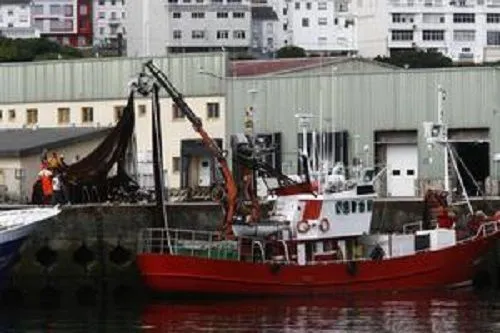
source
The Sardine that moves through the pipes is destined for a tank with sea water at a very low temperature; -2°c approx, the industrial salt coarse grain, prevents the water from freezing.
 )
)source
The sardine is transferred by pumping to the hopper of a machine called a flaker, which removes the scales from the sardines.

passes through a conveyor belt to a machinery that is responsible for cutting the head and tail of the fish, then to the section of deviation; where it is stripped of the viscera in continuous process. The sardine is directed in the same machinery to a cutting area, where it obtains a butterfly-like shape, that is, the sardine becomes a steak. This is the end of the process of this machinery. In the case of the company for which I work, it is called; Baader, of German manufacture.
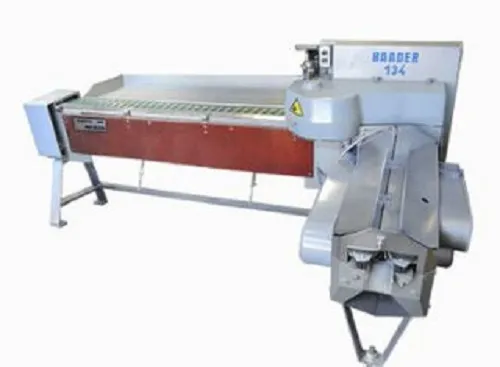
source
Then the fillet goes to a machine that is responsible for removing the skin of the fillet of sardine:

It is achieved by adhering to a piece of stainless steel type drum to freezing point, then to a blade that passes between the skin adhered and the drum making a clean cut, the machinery directs the skin as waste and places the fillet without the skin in conveyor. In the case of the company where I work, this machine is called: Trio, of German manufacture.
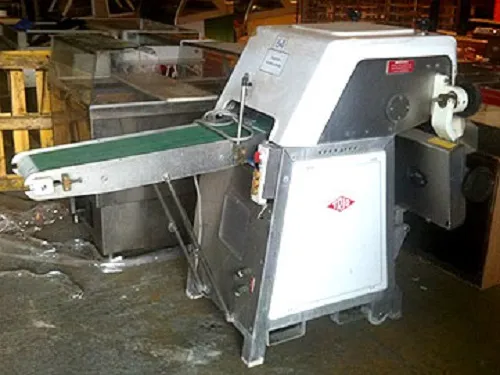
source
Continuously it is placed in an oven where the fillet by immersion travels to the exit of this oven, it has water, steam and vinegar at 10% acidity. In the case of the company for which I serve, it is called the Nikko oven.

source
When leaving this process, the sardine is ready to be packed in aluminum cans by qualified personnel for this purpose, using materials such as; nitrile gloves, mouth cap and caps, with the necessary health to handle this product in process.
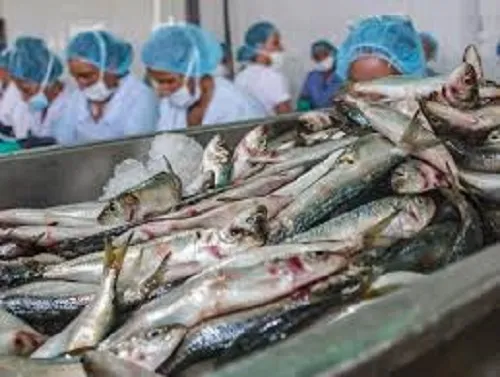
source
Once the skinless and spineless sardine is placed in the can, it continuously goes to another machinery called a sealer, said machine automatically places the covering liquid; that is, in this case, vegetable or olive oil in the can and then place the lid and close it. The cans in their exit from the sealant are automatically deposited in stainless steel tanks.

A trained staff places them in steel tanks with a capacity of 2,160 cans to finally culminate in the process of autoclaves, which are similar to large pressure cookers.

source
They work by means of steam supplied by a machinery called boilers.

source
Until then, we obtained a product in process, which as a final product will be packed and coded to place it in the consumer markets.
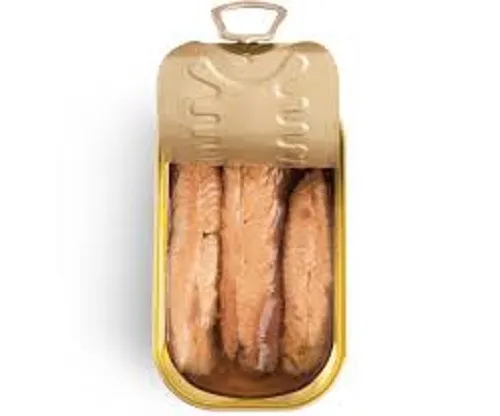
source
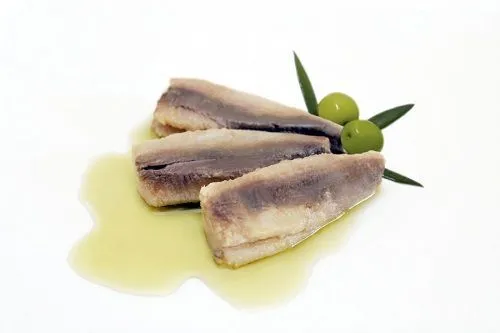
source
Whatever the doubt, I am ready to dissipate it.